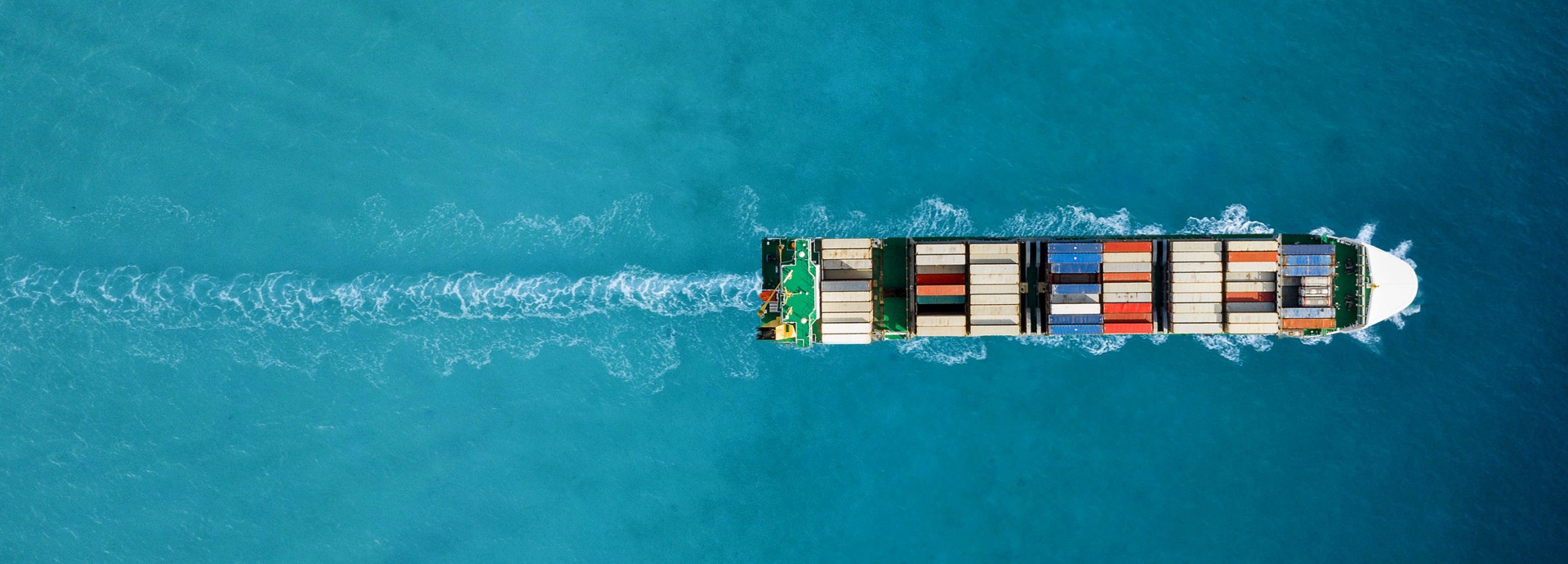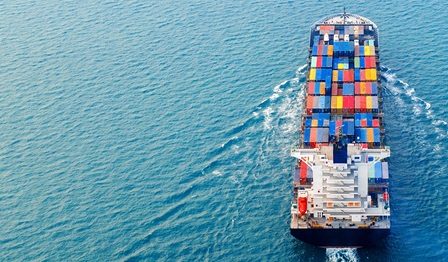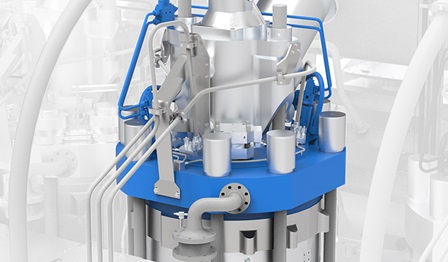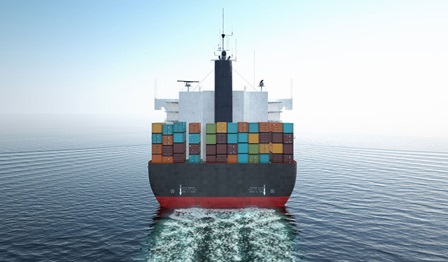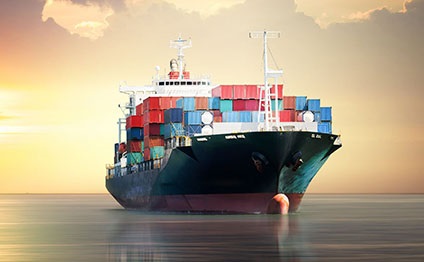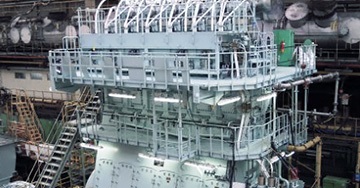
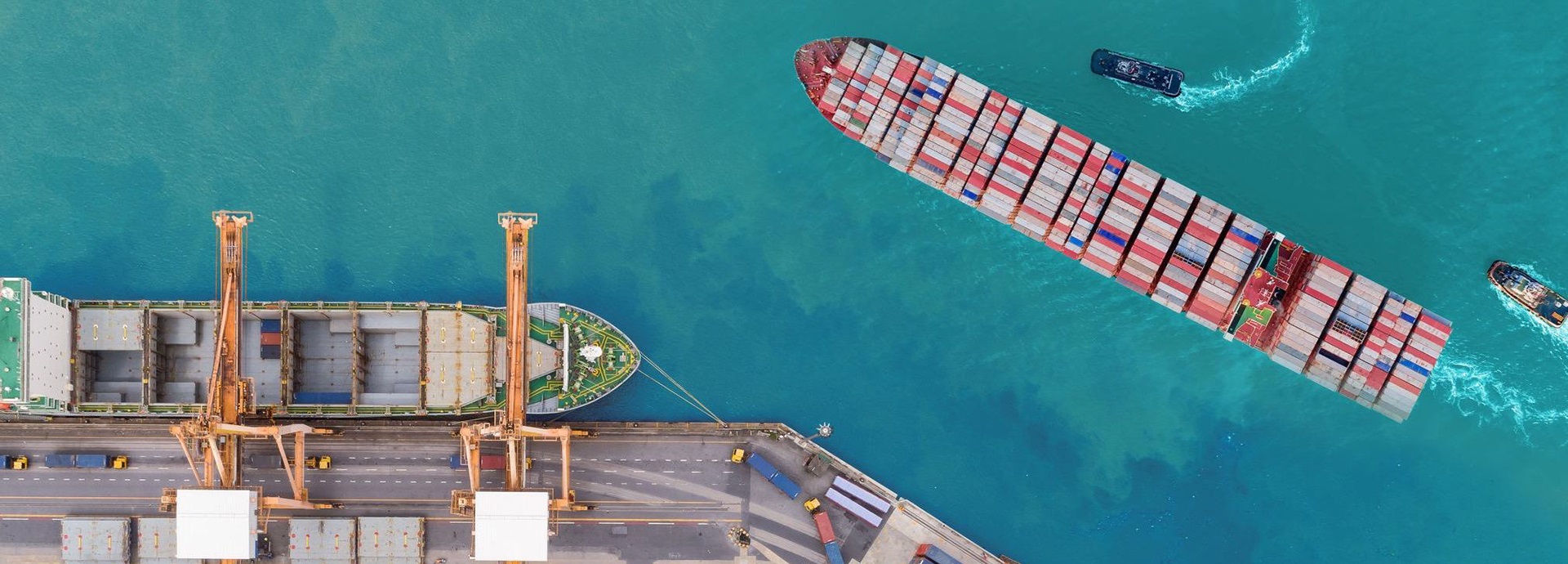
Wärtsilä Part Load Optimisation – WPLO
Wärtsilä Part Load Optimisation (WPLO) for 2-stroke engines is a way to make the engine more efficient. It includes derating the engine, tuning it for part-load operation, and rematching the turbocharger.
Many vessels delivered before 2016 have high installed main engine power and the engines are optimised for high loads. However, they rarely operate at high loads, so their operations are not efficient.
WPLO offers a practical and cost-effective solution to this problem. It aims to enhance engine performance during low load operations (typically 30–75%). It does compromise operations at high loads (typically above 85%), but since operation at high loads is rare, this is not an issue.
Who benefits from WPLO?
Today, many ships operate at reduced power, to save fuel and comply with the EEXI and CII regulations set by the International Maritime Organisation IMO. Engine Power Limitation (EPL) has been one common way to achieve EEXI compliance.
WPLO is an excellent solution if EPL has forced the ship to slow down. Since the engine is more efficient after the WPLO, the EPL can be lifted to a higher engine load. This will again allow faster sailing speeds.
Combine the WPLO with propulsion optimisation to the engine’s new rating point and you can achieve even more speed.
How does WPLO work?
WPLO is usually implemented in combination with a permanent engine load limitation. It can also be done in combination with a new propeller featuring a lower maximal power and with engine power limitation (EPL) to comply with the EEXI regulation.
One of the biggest advantages of permanent derating is that further optimisation of engine components like fuel injection nozzles is easy to implement.

*Deviation of Specific Fuel Oil Consumption (SFOC) at 100% MCR with original tuning.
**Savings can differ depending on the derating margin and the exisiting part load optimization.
You have three levels of optimisation to choose from:

Basic: Engine tuning + injector nozzle + nozzle ring

Medium: Engine tuning + injector nozzle + nozzle ring + compressor wheel

High: Engine tuning + injector nozzle + nozzle ring + compressor wheel + turbine shaft
Key benefits
- Ensures competitive voyage speeds while complying with EEXI
- Saves fuel and cuts emissions
- Simple and cost-efficient
- No time wasted – can be implemented during a standard port call or special survey.
WPLO and turbocharger
Rematching the turbocharger is part of the WPLO. Instead of replacing the whole unit, only the internal core components of the turbocharger are replaced. All casings and interfaces remain untouched.
Rematching instead of replacing has several advantages:
- A simpler upgrade is faster and less risky. An overnight implementation is quite possible, so your vessel won’t suffer a disruption to its operations.
- The payback period can be as short as 2-3 years.
- It is cost efficient. Because most of the components to be replaced are the same that would be replaced during a standard overhaul, much of the project cost is already covered by the standard maintenance budget.
- No crew training is needed. After all, the turbocharger and engine maintenance procedures will be the same as before.
Your white paper about engine part load optimization
Interested to learn more about how engine part load optimization can help improve your profitability while contributing to CII compliance for merchant marine vessels?
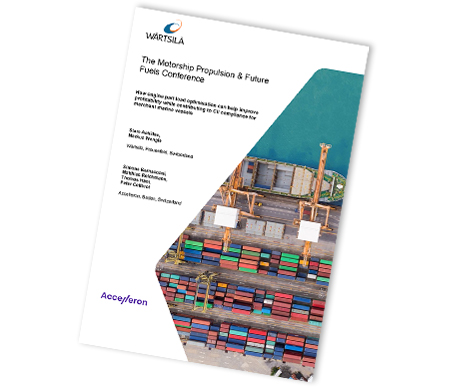
Insights on 2-stroke engines
Discover these articles, which help you learn more about the ways to improve the fuel efficiency for your 2-stroke engine!
Related solutions
Hand-picked press releases
Take your easiest step on your journey to better ship efficiency – get in touch and let’s discuss your needs and options!
